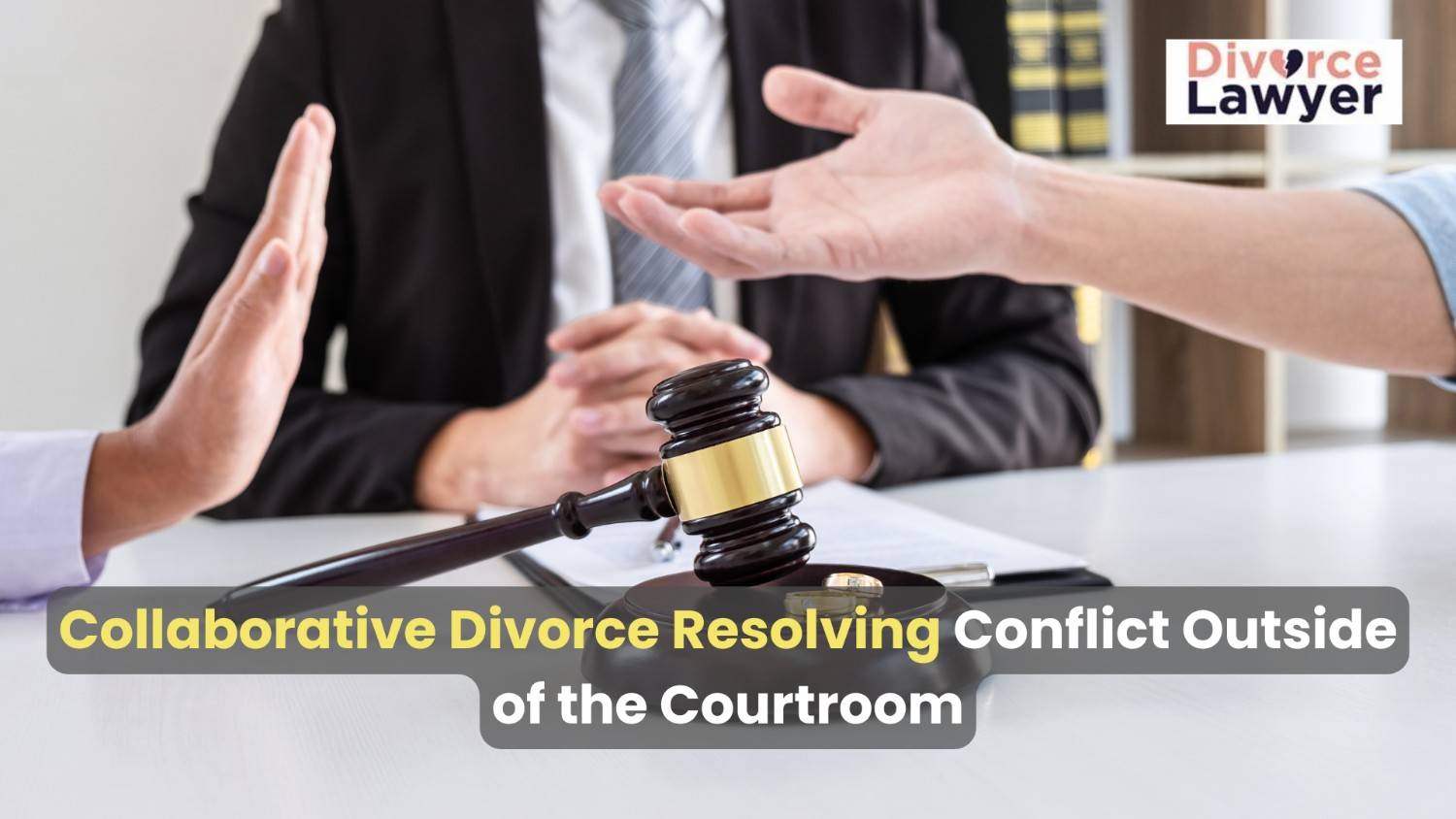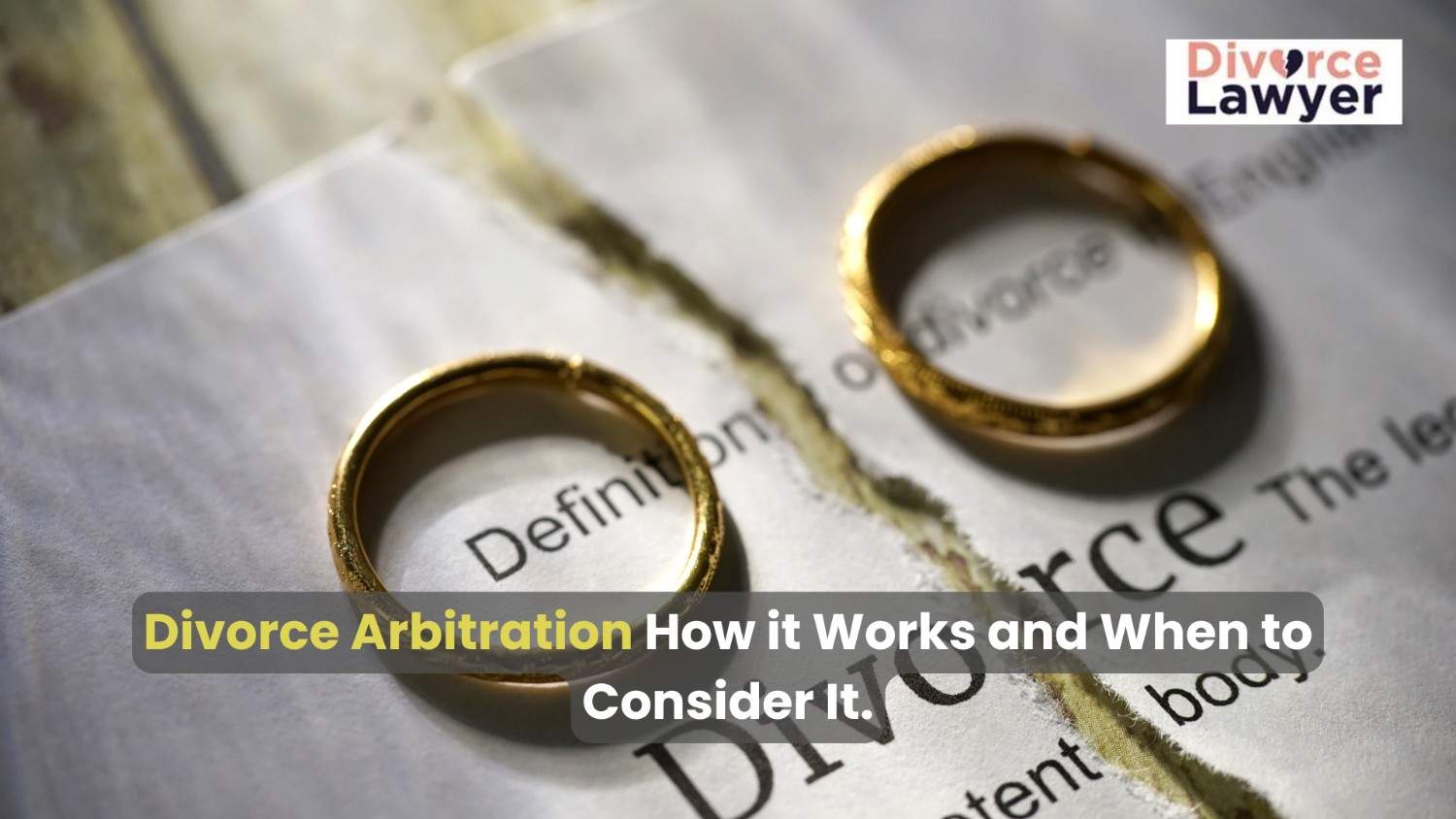· Divorce Guidance · 5 min read
Collaborative Divorce: Resolving Conflict Outside of the Courtroom
Collaborative divorce offers couples a peaceful, cost-effective way to settle disputes without court battles. Discover how it reduces stress and fosters cooperation.

Divorce can be a daunting and emotionally draining experience. When people think of divorce, they often imagine bitter courtroom battles, high costs, and months of stress. However, collaborative divorce is changing that narrative. It offers a new way to dissolve a marriage while reducing conflict, saving money, and keeping the process out of the courtroom.
What is Collaborative Divorce?
Collaborative divorce is a method of resolving divorce disputes without going to court. It brings together both spouses, their attorneys, and a team of specialists to negotiate the terms of the divorce in a constructive manner. The goal? To create a solution that works for everyone involved — without a judge making the final call.
Why is Collaborative Divorce Becoming a Preferred Option?
More couples are choosing collaborative divorce because it provides a less adversarial path. Unlike traditional divorces, where each spouse may feel like they’re going to war, this approach focuses on cooperation and finding mutually beneficial solutions. It’s all about reducing conflict, preserving relationships (especially if there are children involved), and maintaining control over the outcome.
The Traditional Divorce Process
When most people think of divorce, they imagine the courtroom drama often portrayed in movies and TV shows. In a traditional divorce:
Litigation is the norm, with each side hiring a lawyer and preparing for trial.
The process can be emotionally taxing, with long waits, stressful hearings, and the constant fear of what a judge might decide.
High legal fees and extensive paperwork add to the stress.
The adversarial nature of traditional divorce can often leave one or both parties feeling like they’ve lost, especially when it comes to sensitive matters like child custody or division of assets.
What Makes Collaborative Divorce Different?
Collaborative divorce is not just a change in how the process works but a shift in mindset. Instead of preparing for battle, couples commit to working together to reach a peaceful resolution. The key principles are:
Voluntary participation by both spouses.
Open and honest communication with full disclosure of financial information.
Commitment to avoid court and work through issues in a series of collaborative meetings.
The Collaborative Team
One of the standout features of collaborative divorce is the team approach. In addition to each spouse having their own attorney, other professionals may be involved, including:
Lawyers: Guide the legal aspects but aim for cooperation, not conflict.
Mental health professionals: Help manage the emotional impact and support productive communication.
Financial advisors: Assist in dividing assets and debts fairly, ensuring financial security for both parties.
Child specialists: Focus on the well-being of children, helping create parenting plans that prioritize the child’s needs.
Key Benefits of Collaborative Divorce
Reducing Stress and Conflict
With collaborative divorce, the couple avoids the contentious atmosphere of the courtroom. The process is more focused on problem-solving, which can make things feel less stressful and more manageable.
Faster Resolution of Disputes
Because the focus is on working together rather than fighting, collaborative divorce can resolve much more quickly than a traditional divorce.
More Cost-Effective
The cost of litigation can quickly add up with court fees, legal bills, and expert testimony. Collaborative divorce tends to be less expensive because it streamlines the process.
Maintaining Control Over the Process
In a traditional divorce, decisions are often left in the hands of a judge who may not fully understand the nuances of the couple’s situation. With collaborative divorce, both parties maintain control, making the decisions that are best for them.
Who Should Consider Collaborative Divorce?
Collaborative divorce is not for everyone, but it can be an excellent option for:
Couples who are committed to avoiding court.
Couples with children who want to create a peaceful co-parenting plan.
Couples who want a fair and respectful process without the drama of litigation.
Collaborative Divorce vs. Mediation
Many people confuse collaborative divorce with mediation. While both are alternative dispute resolution methods, collaborative divorce involves attorneys and other professionals actively helping the couple. Mediation, on the other hand, typically involves just one mediator guiding the conversation, with less direct involvement from legal or financial experts.
Common Misconceptions About Collaborative Divorce
“It’s Only for Amicable Separations”
While collaborative divorce does require a willingness to cooperate, it’s designed to handle conflict. Even if the couple disagrees, they can still benefit from the structured, supportive process.
“Collaborative Divorce is Easier Than Litigation”
Collaborative divorce requires commitment, transparency, and hard work. It’s not necessarily easier, but it often leads to better outcomes.
How Long Does a Collaborative Divorce Take?
The timeline for a collaborative divorce varies depending on the complexity of the issues and the willingness of the parties to cooperate. On average, it’s much faster than traditional divorce but can take several months if there are significant disagreements.
Financial Considerations in Collaborative Divorce
Finances are often a significant source of conflict in divorce. Collaborative divorce offers a framework to address these concerns fairly and transparently, with the help of financial professionals to ensure assets are divided equitably.
Protecting Children During Divorce
Children are often the most affected by divorce. In collaborative divorce, specialists work with parents to create parenting plans that minimize disruption and ensure the children’s well-being is a top priority.
The Legal Agreement: What Happens if Collaboration Fails?
One of the key agreements in a collaborative divorce is that if the process breaks down and moves to litigation, the collaborative attorneys must withdraw from the case. This ensures that both parties are fully committed to making the collaboration work.
Conclusion
Collaborative divorce represents a modern, humane approach to resolving marital disputes. By focusing on cooperation, fairness, and respect, it allows couples to move forward without the bitterness and animosity often associated with traditional divorce. For couples looking to avoid the courtroom and work together toward a peaceful resolution, collaborative divorce is the way forward.

.Cwlydx6B.jpeg)

